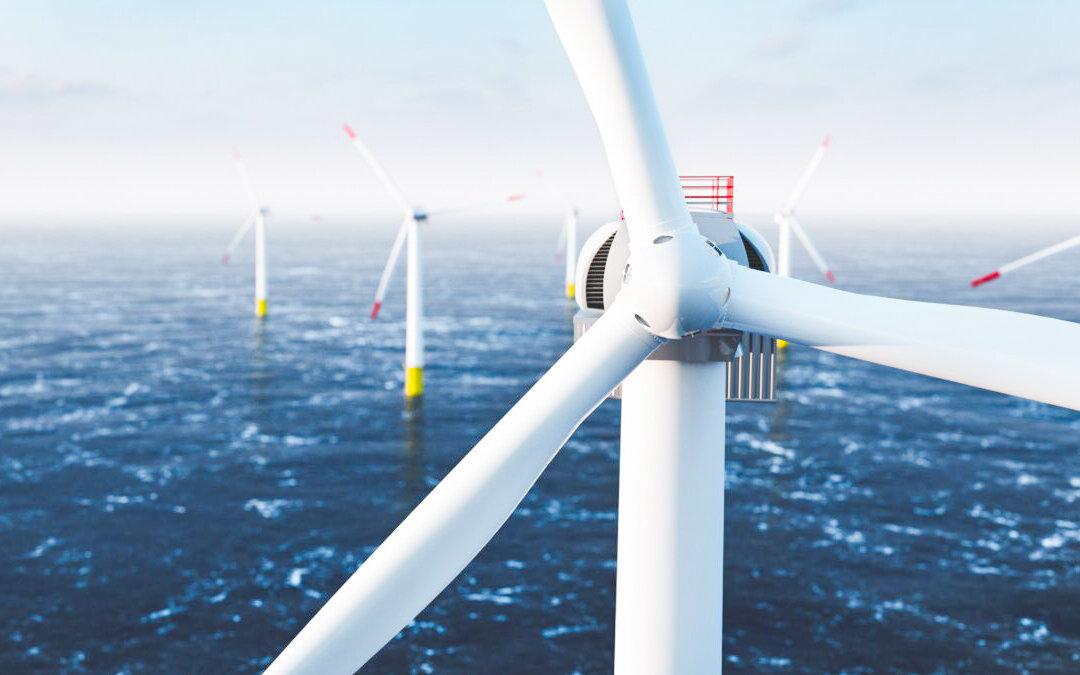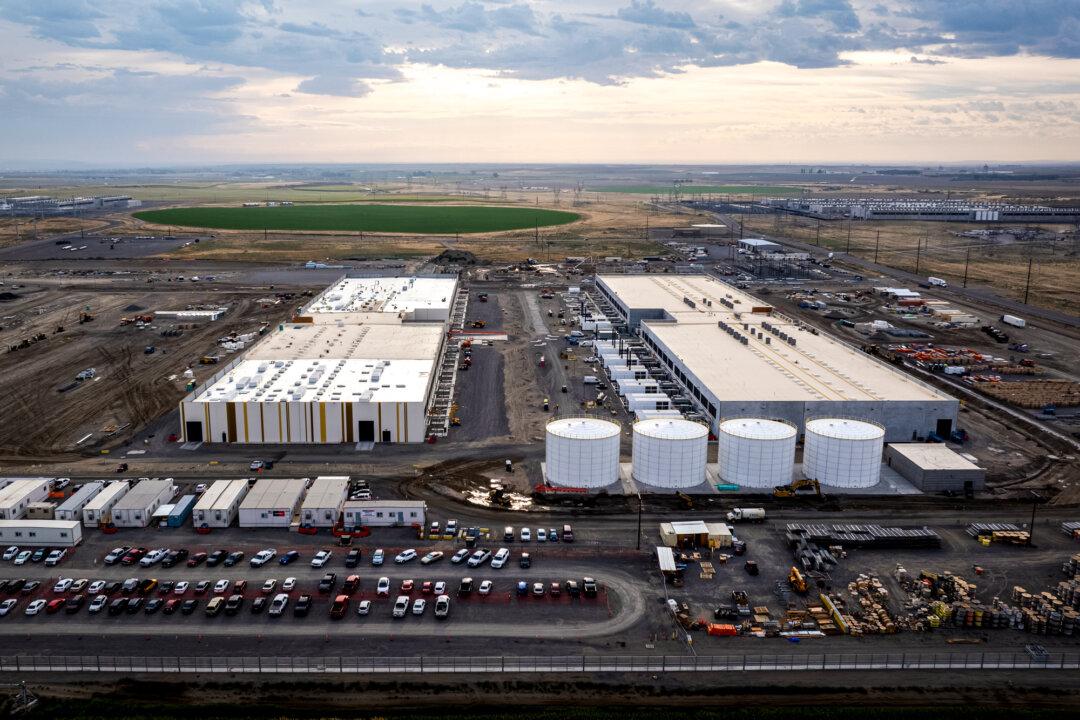The Biden administration announced on Feb. 22 that it has proposed the first-ever offshore wind lease sales in the Gulf of Mexico.
The administration proposed leases in three areas, covering 300,000 acres, which it said could potentially generate enough clean energy to power nearly 1.3 million homes.
The announcement comes as three congressmen and more than a dozen mayors whose coastal districts are near offshore wind energy sites are calling for a moratorium on new projects along the Eastern Seaboard until a thorough investigation into a recent spate of whale deaths can rule out wind farm activity as the cause.
Since December 2022, at least 25 whales have been found dead along the New Jersey, New York shoreline. Whales have also washed ashore in Maryland and Virginia.
Climate Agenda
The push for offshore wind energy is key to the administration’s climate agenda.
The goal is to generate 30 gigawatts of energy from fixed-bottom offshore wind farms by 2030, which it says could power 10 million homes, as well as 15 GW from floating offshore wind infrastructure by 2035, potentially providing power to 5 million homes.
The administration is moving quickly to reach that goal.
“We’ve announced a new offshore wind leasing strategy that includes seven lease sales by 2025,” said Department of the Interior Secretary Deb Haaland on Feb. 22, during a virtual Floating Offshore Wind Shot Summit.
Since President Joe Biden took office in January 2021, “the Bureau of Ocean Energy Management (BOEM) has already approved two major offshore wind projects and initiated the review of 10 more,” Haaland explained.
“Last year BOEM held three wind lease sales, including the largest offshore energy sale in history in New York, which yielded more than $4 billion in revenue,” she continued.
In December, BOEM held the first sale ever on the West Coast off the shores of California. The five California leases are also the first sale in U.S. history to support the use of floating offshore wind technology, she explained.
“These five lease areas have the potential to generate 4.6 GW of offshore wind energy, enough to power 1.5 million homes and support thousands of new jobs,” said Haaland.
The administration is now exploring potential wind sales in the deep waters off the Oregon coast as well as the Gulf of Maine and an area in the Central Atlantic.
“With two-thirds of the nation’s offshore wind potential in areas with deep water, we must reach areas we once thought were unattainable,” said Haaland.
Harnessing wind power over waters hundreds to thousands of feet deep requires the use of floating offshore technology.
This relatively new technology uses turbines, mounted on a floating platform that is anchored to the sea bed with mooring lines, unlike traditional wind infrastructure that is on a fixed platform anchored to the seabed.





